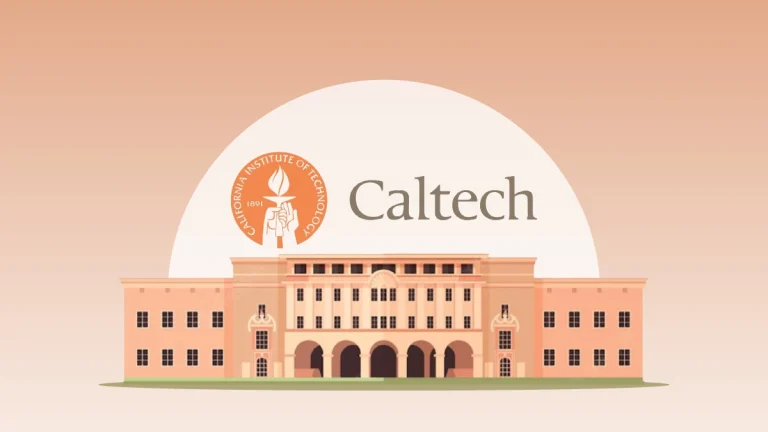
Artificial intelligence (AI) has become more and more prevalent in educational settings in recent years. AI offers many benefits that improve learning for both students and teachers. AI is completely changing the way we approach education, from individualized instruction to improved administrative effectiveness. Now let’s examine a few of the main benefits of AI in education:

Tailored Education:
The potential of AI to customize students’ learning experiences is one of the biggest advantages for education. Adaptive learning platforms with AI capabilities assess each student’s learning preferences, areas of strength, and shortcomings so that teachers can customize their lessons to meet their specific needs. Plus, AI helps students advance at their own pace by offering adaptive content and tailored feedback, which promotes deeper comprehension and concept mastery.
Enhanced Student Engagement:
AI-powered educational systems use interactive elements to make learning more dynamic for students. Examples of these elements include gamification, virtual reality, and simulations. Students’ attention and motivation are piqued in these immersive learning settings, which improves both the effectiveness and enjoyment of learning. AI in education also boosts student engagement and creates a stronger bond with the material by adding enjoyable and interactive components.
Improved Teacher Efficiency:
Artificial Intelligence in education streamlines laborious administrative duties like lesson planning, grading, and data analysis, allowing educators to concentrate on teaching activities that call for human skill and creativity. AI-powered solutions help teachers find the learning gaps in their pupils, provide focused interventions, and produce useful findings that guide lesson planning. AI frees up teachers’ time and attention to focus on student support and tailored instruction by automating repetitive chores.

Data-Driven Decision-Making:
Large volumes of educational data are transformed into insightful knowledge by AI, which empowers administrators and teachers to make data-driven decisions that enhance student performance. AI analytics systems forecast future learning requirements, spot trends and patterns in student performance data, and analyze it all. Educators can better support student success by customizing education, implementing targeted interventions, and allocating resources by utilizing data.
More Topics: AI Transforming Traditional Business
Accessibility and Inclusivity:
By offering adaptive technology and accommodations for students with a range of learning requirements, AI fosters inclusion and accessibility. AI-driven assistive technology, including text-to-speech, speech recognition, and translation tools, help students who are learning English as a second language and students with impairments by providing equal access to educational opportunities. Moreover, AI in education system enables every student to realize their full potential and engage completely in the learning process by removing obstacles to learning.
Conclusion:
To sum up, artificial intelligence (AI in Education) has enormous potential to change education by providing tailored learning experiences, raising student engagement, increasing teacher effectiveness, enabling data-driven decision-making, and advancing accessibility and diversity. It is crucial to take advantage of these benefits as we continue to explore AI’s potential in education to develop cutting-edge learning environments that foster curiosity, creativity, and lifelong learning.






